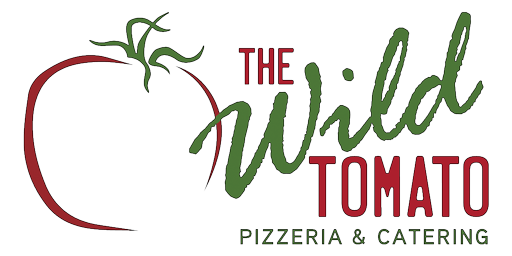Navigating the supermarket aisle's overwhelming selection of jarred pasta sauces can be daunting. With a staggering 68 choices often available, finding the perfect sauce can feel like searching for a needle in a haystack. This review cuts through the confusion, focusing on ten leading brands of plain marinara sauce to identify the best options available. We rigorously evaluated key factors crucial to a great pasta sauce, going beyond simple taste tests to analyze crucial elements like sugar content, flavor depth, texture, and fat content.Our comprehensive analysis delves into the often-overlooked nuances that significantly impact the overall quality and taste of jarred pasta sauces. We uncovered surprising differences in sugar levels, the crucial role of fresh tomatoes versus tomato paste, and the impact of herb usage and wateriness on the final product. This detailed evaluation helps consumers make informed decisions, weighing convenience against quality and cost to select the best jarred pasta sauce to suit their needs and preferences.
Read more: Top 10 French Sauce Spoons: Our Ultimate Guide
The Sweetness Conundrum
The sheer volume of jarred pasta sauces available is staggering – a whopping 68 choices at just one supermarket! This review focuses on ten leading brands' plain marinara sauces, and the first major factor we assessed was sweetness. Ideally, a hint of sweetness from the tomatoes is acceptable, but excessive sugar or corn syrup is a major drawback. Our winning sauce had a reasonable three grams of sugar per serving. Several others, however, contained four times that amount, rendering them overly sweet and undesirable.
Surprisingly, even a seemingly small amount of sugar can significantly impact the overall taste and balance of a pasta sauce. The ideal sweetness level should subtly complement the other flavors without overpowering them. The excessive sugar in some sauces created an imbalance, masking the natural tomato taste and resulting in an artificial sweetness that many found off-putting.
Flavor and Texture: Beyond Sweetness
Beyond sweetness, the second crucial aspect is flavor depth. Many sauces lacked the vibrant tomato taste, exhibiting a flat and dull profile. The presence of tomato paste, instead of whole tomatoes, often indicates inferior quality. While a small amount of paste can enhance a recipe, relying solely on it diminishes the freshness and overall flavor. The ideal sauce should deliver a robust tomato flavor, with the natural acidity and sweetness balancing each other harmoniously.
Another crucial element was the excessive use of herbs. Overpowering herbs masked the delicate tomato flavor. Ideally, the herbs should enhance and complement the taste of the tomatoes, not overshadow it. The winning sauce struck a perfect balance, showcasing the fresh tomato taste without herbal dominance.
Consistency and Fat Content
The wateriness of a sauce significantly impacts its texture and taste. The winning sauce demonstrated a near-perfect balance of 82% solids and 18% liquid. This concentration contributed to its rich, clinging texture, particularly evident in the lasagna test. Conversely, watery sauces resulted in a soggy, unappetizing lasagna experience, highlighting the importance of finding a sauce with the right consistency.

Finally, fat content plays a critical role in the sauce's ability to coat the pasta and enhance its overall flavor. While olive oil is desirable, an adequate amount of fat is essential for a cohesive sauce that clings well to pasta, unlike the overly watery options. Our winner had a satisfactory eight grams of fat, ensuring a satisfying mouthfeel.
The Winners and Losers
Our top pick, Ragu, stood out for its superior taste and balance. It effectively showcased fresh tomatoes, subtle herbs, and the right amount of sweetness, resulting in a high-quality sauce. Conversely, Bertolli was ranked eighth due to excessive sweetness and over-reliance on herbs. Another significant loser, Hunt's, suffered from a distinct lack of fresh tomato flavor, likely due to its reliance on tomato paste.

While Ragu emerged as the clear victor, its high price point of almost $10 for a 24-ounce jar is a significant consideration. Victoria, another recommended sauce, is also relatively expensive at $7. This emphasizes the reality that inexpensive sauces often compromise on taste and quality.

Conclusion: Is It Worth the Price?
This comprehensive review reveals that the quality of jarred pasta sauces can vary significantly. While convenient shortcuts, many inexpensive options compromise on taste and texture, making them far from ideal. Ragu, our top choice, delivers superior quality and flavor but comes with a premium price tag. Victoria offers a similar high-quality alternative at a slightly lower price point. Ultimately, consumers must weigh the convenience of a jarred sauce against the potential trade-off in flavor and cost.

Ultimately, the decision of which jarred pasta sauce to buy is a personal one, balancing convenience with quality and price. If you're willing to pay more for superior flavor and texture, Ragu or Victoria are excellent options. However, if budget is a primary concern, be prepared for a compromise in quality.
